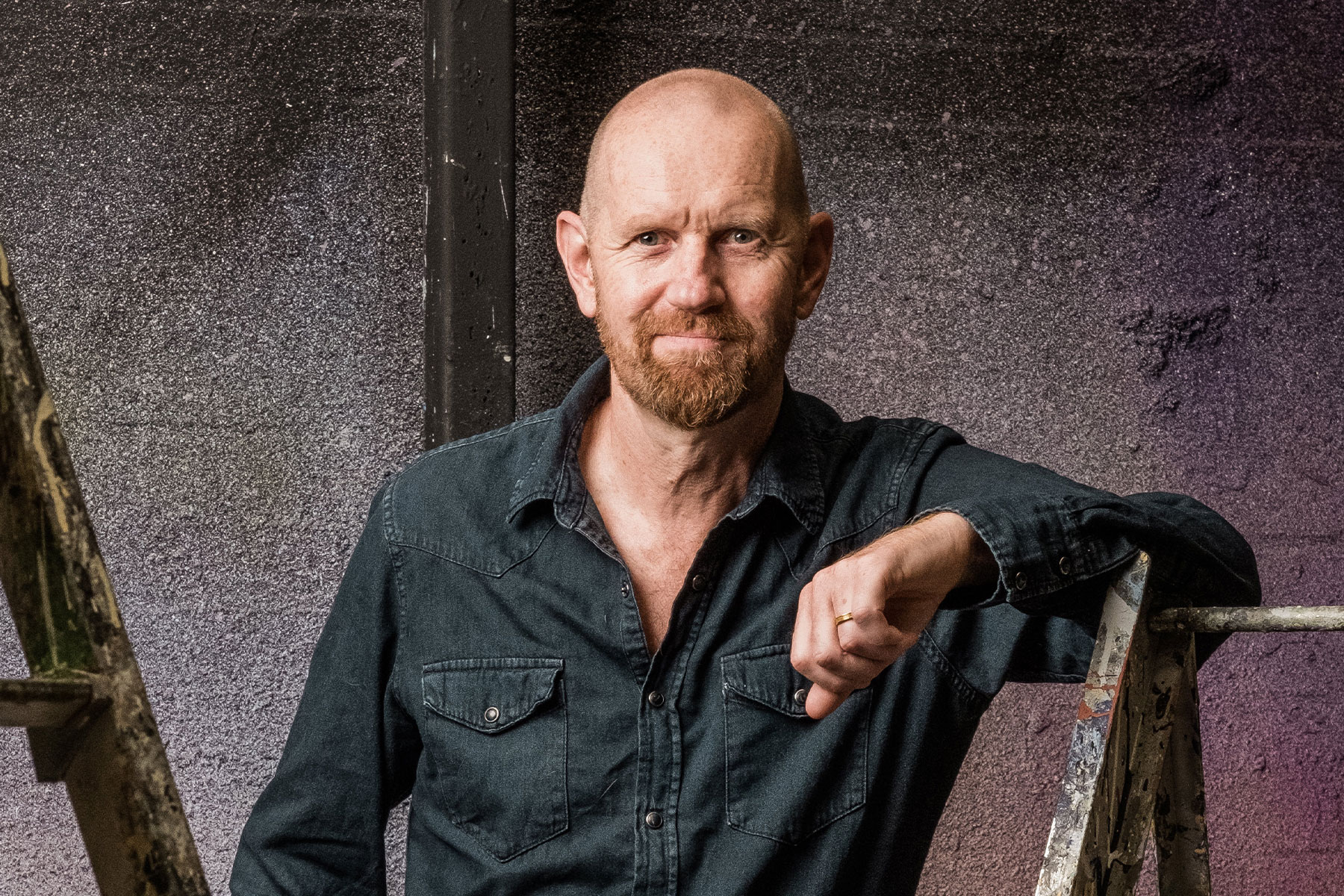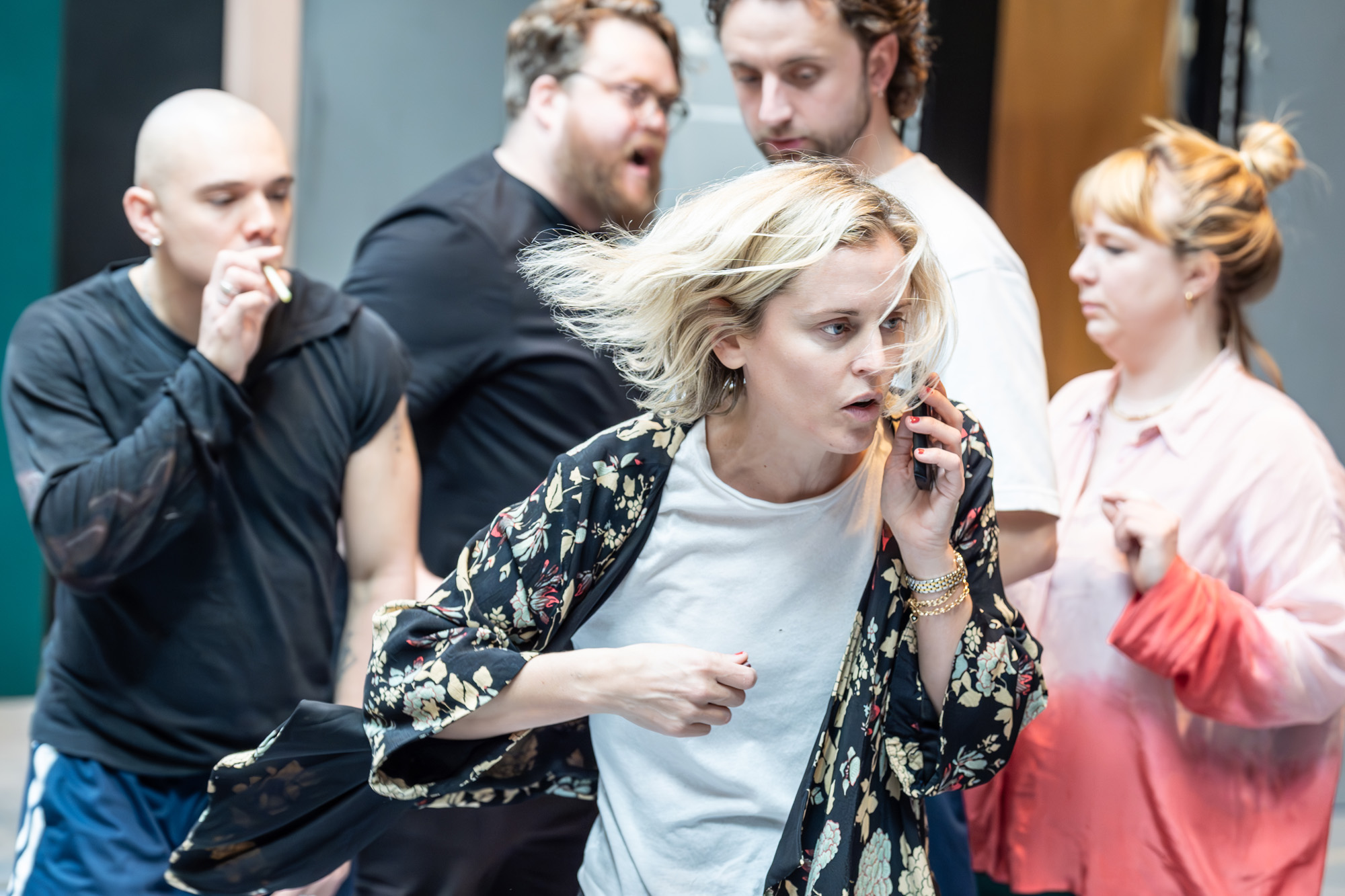Enjoyment of a production is dependent on the venue

It ought not to but I think the building in which a theatre is situated affects audience enjoyment of the show. There are practical aspects of course. If your arse aches, your knees hurt and you can’t see the stage you’re not going to have a good time.
This is one area in which the regions have greater resources than London (another is that audiences are sexier). The theatres in the West End have limited space and nowhere to stretch your legs in the interval. Things we take for granted in theatres with huge foyers like the Royal Exchange and The Lowry (being able to walk around and even have a pee) are hard to achieve in the cramped capitol. In the Bridgwater Hall a discrete handrail is considered a restriction in sightlines; in the West End a restricted view means you could end up sat behind a bloody great pillar.
The building enhances the experience if you’ve gone to the trouble of travelling to the venue. The lovely wooden Swan Theatre in Stratford on Avon is worth a visit even if you don’t like the play. Part of the fun of visiting London’s Globe Theatre is the chance to experience what it was like to attend a play in Shakespeare’s day.
On the other hand the buildings can be off-putting; recall theatres in Scarborough and Nottingham converted from cinemas. You’d think that would be perfect but the process was half-hearted with corridors that led to dead ends or empty spaces and left you feeling vaguely apprehensive.
When The Everyman in Liverpool was in its heyday its significant reputation made it something of a shock when you saw the rather tatty seats inside. It’s possible for a single building to offer both luxury and discomfort. The acoustics and sightlines in The Lowry’s Lyric Theatre are so good that it almost doesn’t matter where you sit – you’ll have a great view and be able to hear everything. But in the second tier at their Quays Theatre you really can’t see the stage.
My ramblings about buildings were stimulated by the awareness that The Albert Hall will be re-opened as part of the Manchester International Festival and that the new venue for The Library Theatre is due to open soon. My preference is always for bringing the old buildings back into use. It’s something of a kick to see the remains of the Corn Exchange in the background to The Royal Exchange Theatre.
Manchester does well for classy theatre design. The Palace and the Opera house have the weight of history on their side. The Royal Exchange has taken a building that ought to be overpowering and made it feel warm and welcoming. The well-worn exterior of the Oldham Coliseum and the stylish design of the Octagon in Bolton help you feel part of the local communities those theatres serve.
More recent buildings – such as the Lowry- have placed a lot of emphasis on the design and it certainly provides a provocative building. As does the Contact Theatre although in that case the thoughts it provokes are why anyone would think building a fairy tale castle off Oxford Road was a good idea.
It’d be a real same if dodgy design let down The Library Theatre. Both the theatre and the Cornerhouse cinema that it will replace are venues with character. The location of the theatre, actually under the Manchester’s central library, has been remarked upon as a charming eccentricity for years.
Mancunians of a certain age will tell you that part of the Cornerhouse was once actually a soft-core pornographic cinema. To change from a porn venue to an arts cinema really is progress; hope they manage to continue the trend with the new building.
– Dave Cunningham










